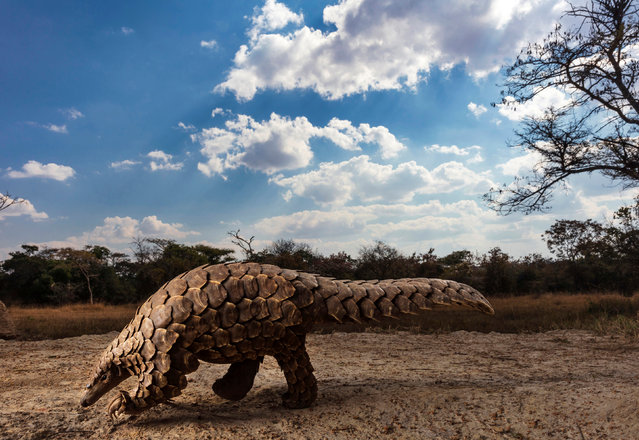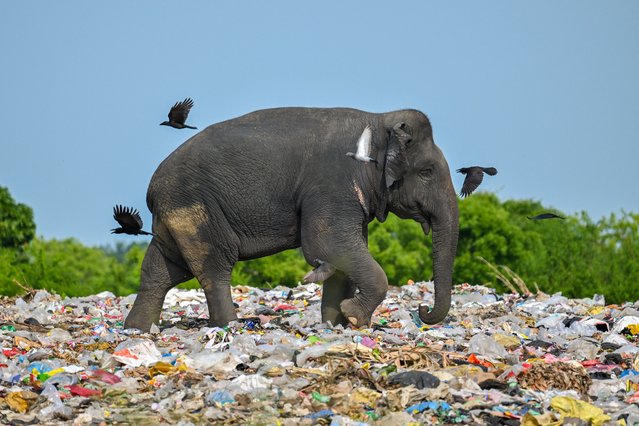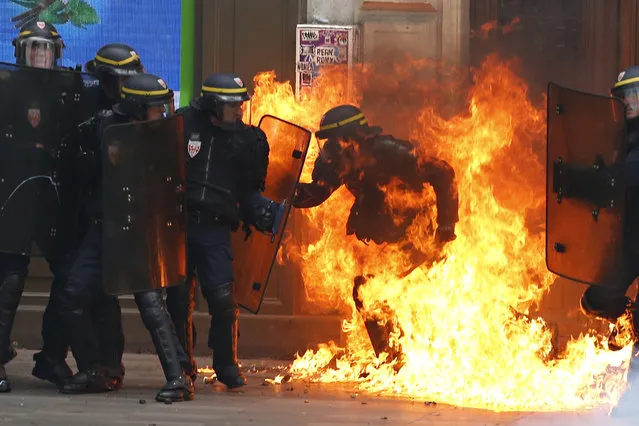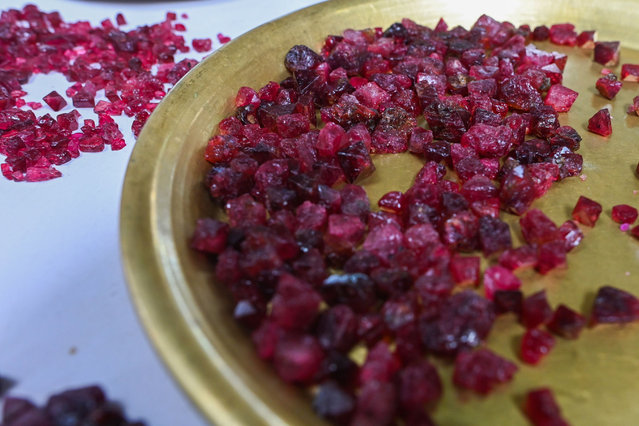
A woman looks at a handgun at the Glock booth at the Shooting Hunting and Outdoor Trade Show, Tuesday, January 19, 2016, in Las Vegas. The SHOT Show, the world's largest annual trade show for shooting, hunting and law enforcement professionals, runs through January 23 and is expected to feature 1,600 exhibitors showing off their latest products and services to more than 62,000 attendees. (Photo by John Locher/AP Photo)
21 Jan 2016 13:29:00,post received
0 comments







